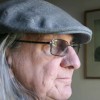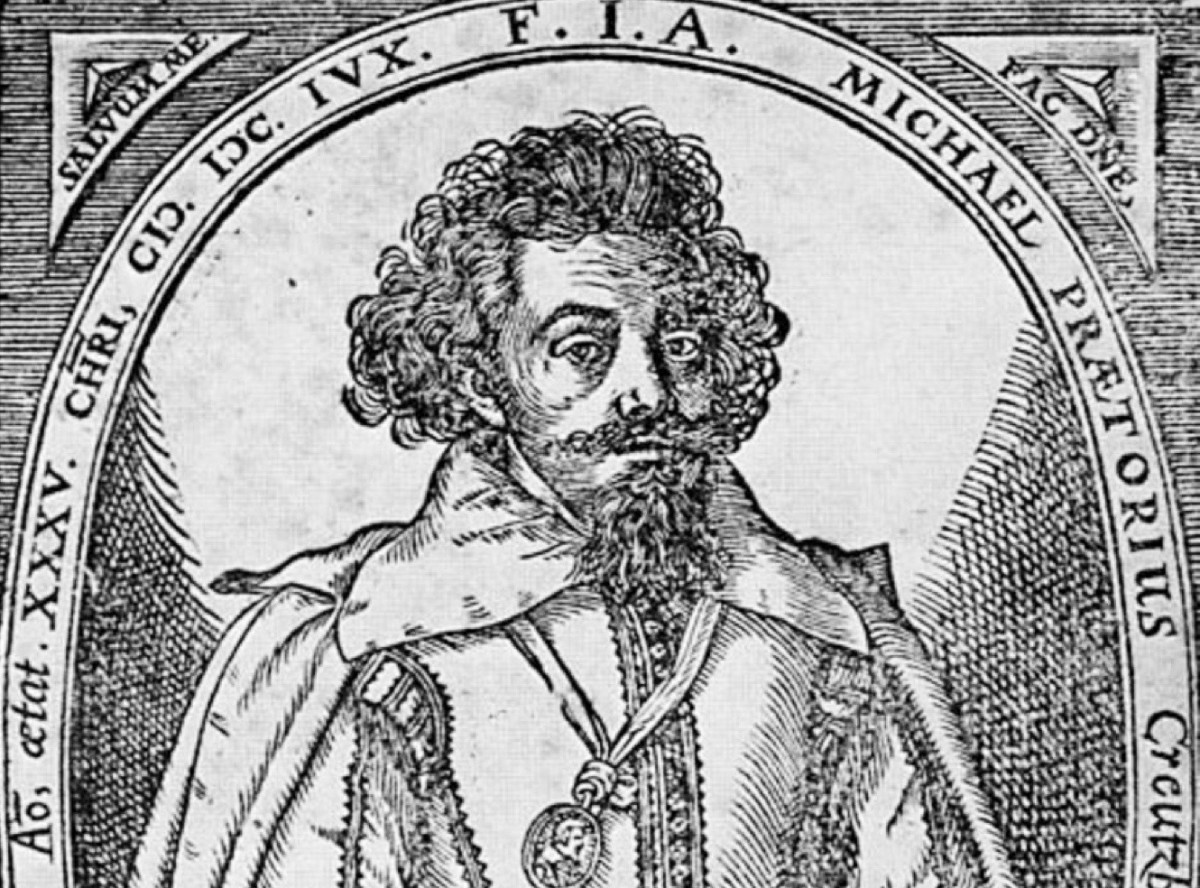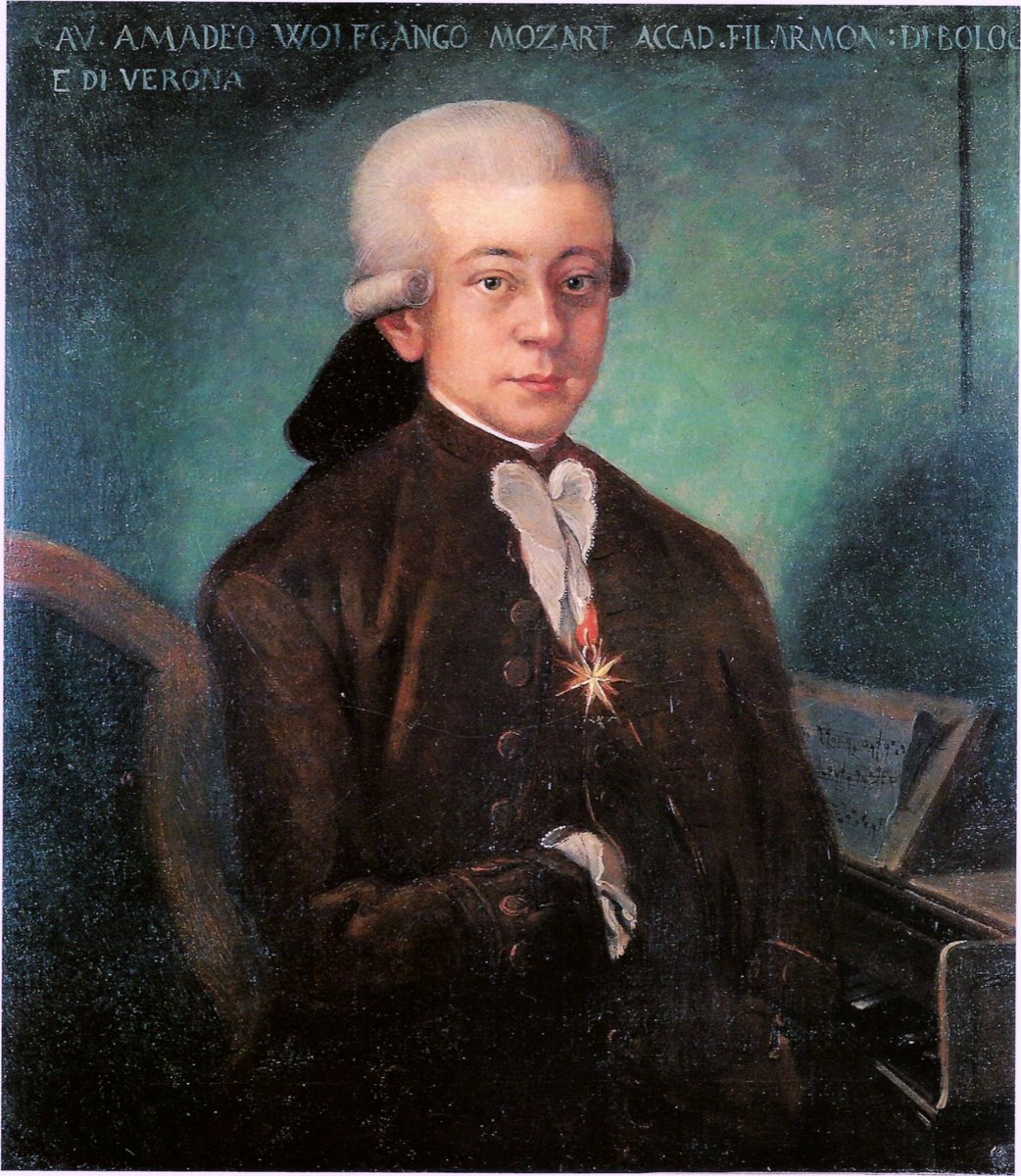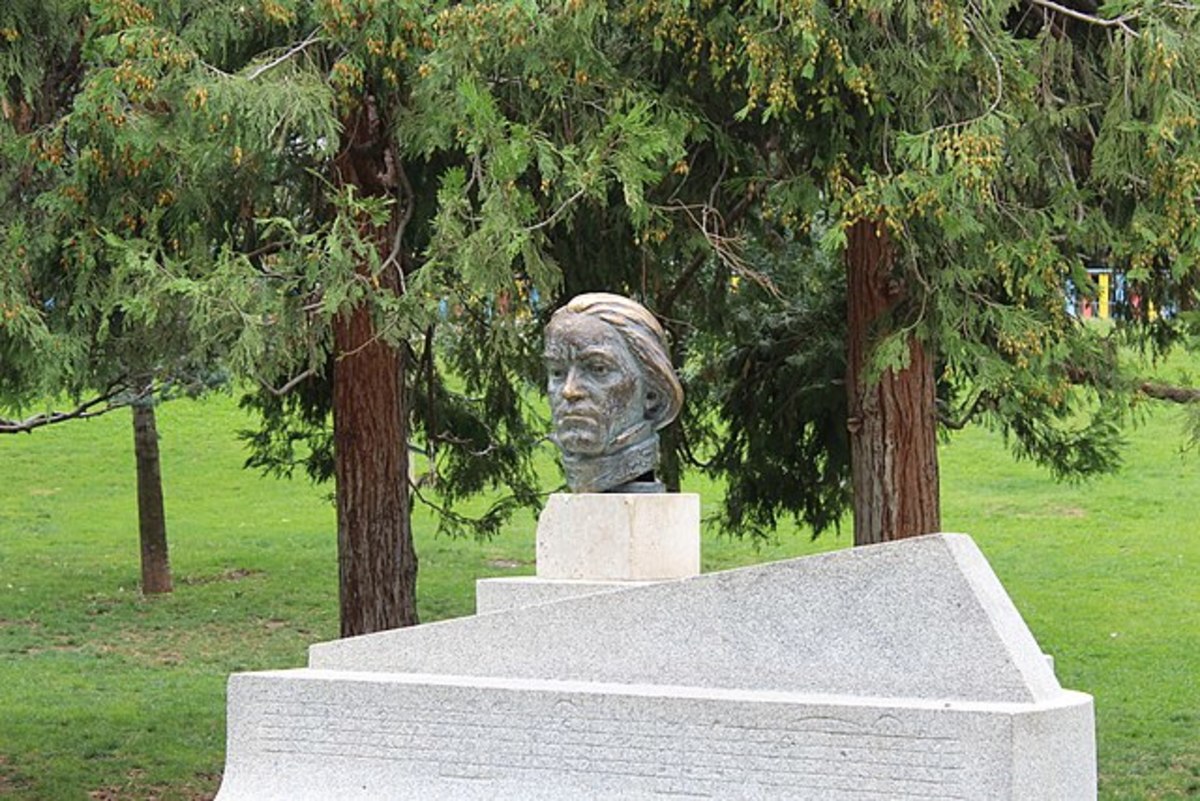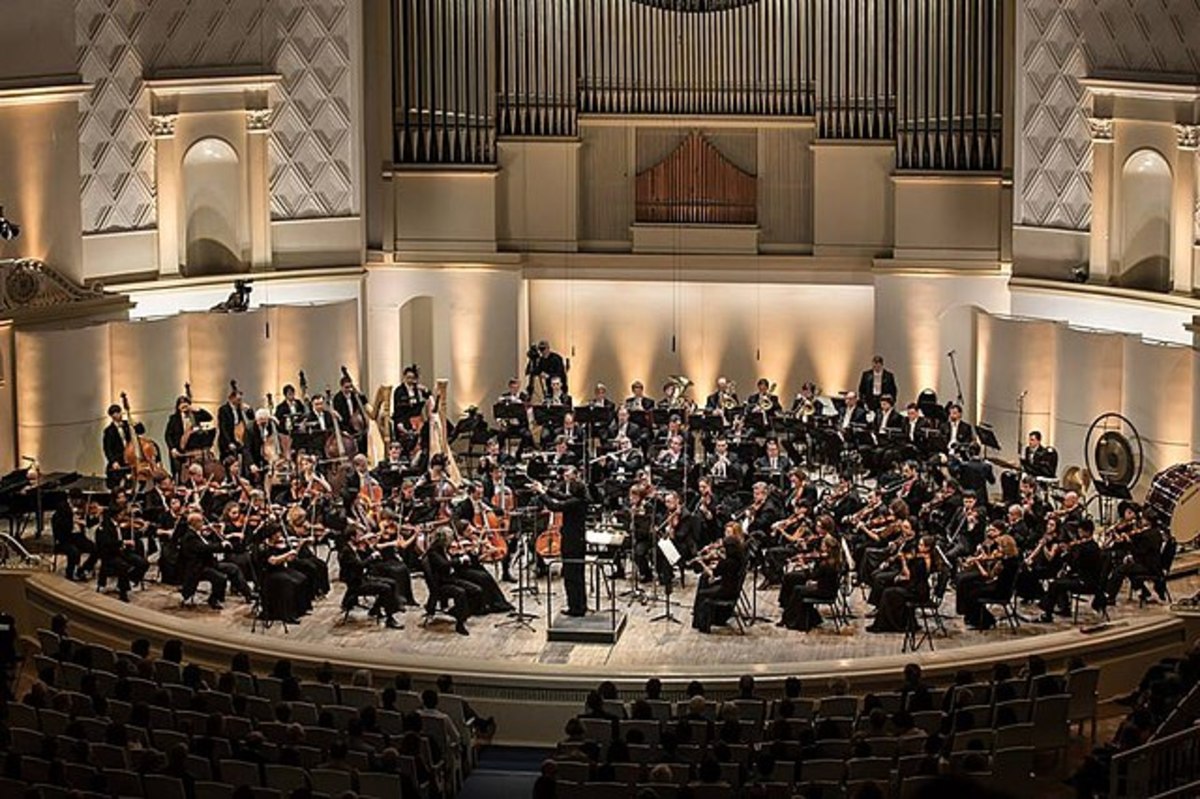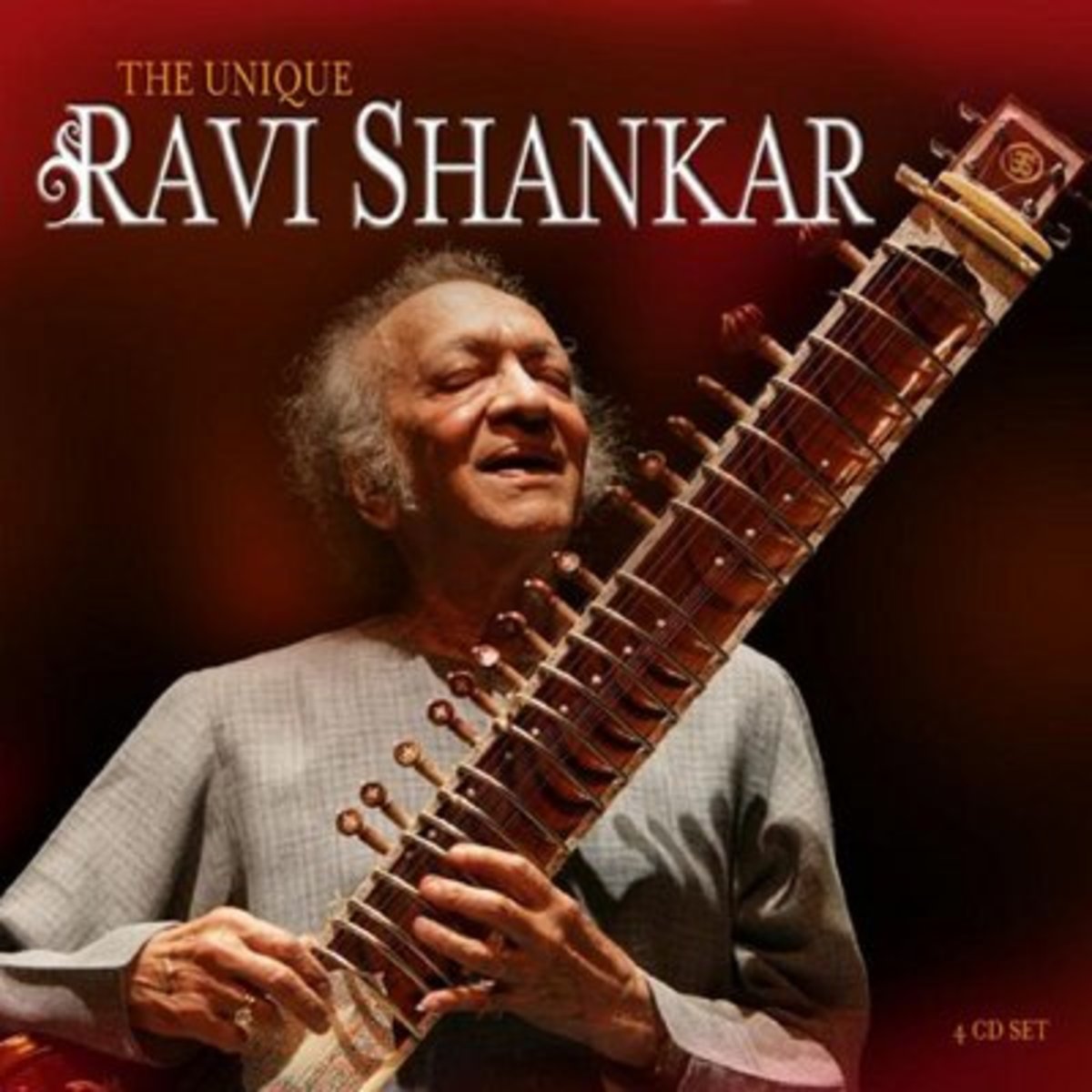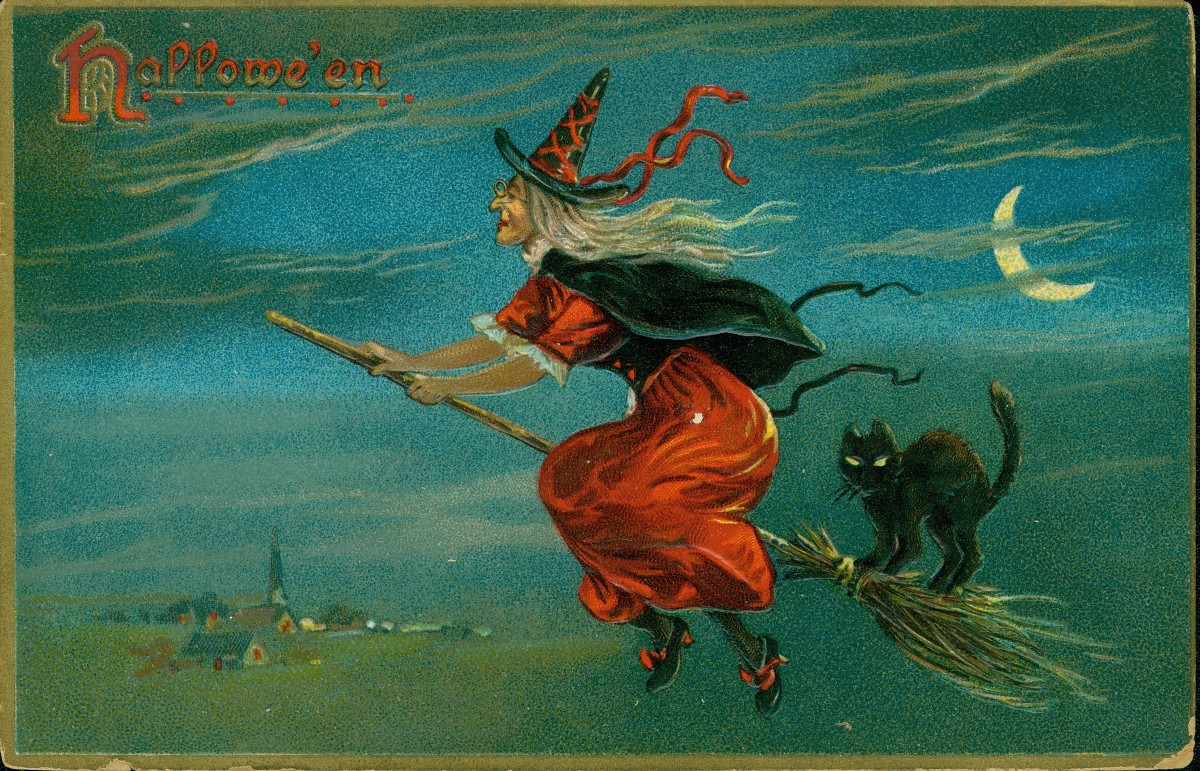Not dancing on the bones of the dead – Górecki's 3rd Symphony
Auschwitz: Corpses of women piled up on the floor of Block 11. (February 1945).
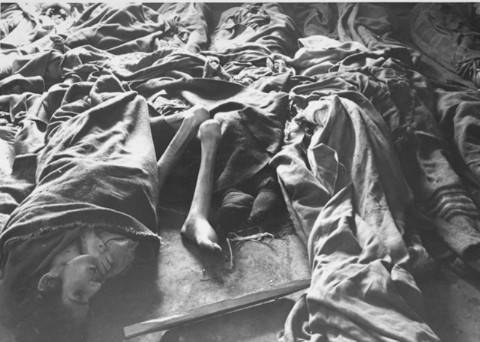
Is poetry possible after Auschwitz?
"Kulturkritik findet sich der letzten Stufe der Dialektik von Kultur und Barbarei gegenüber: nach Auschwitz ein Gedicht zu schreiben, ist barbarisch, und das frißt auch die Erkenntnis an, die ausspricht, warum es unmöglich ward, heute Gedichte zu schreiben. (The critique of culture is confronted with the last stage in the dialectic of culture and barbarism: to write a poem after Auschwitz is barbaric, and that corrodes also the knowledge which expresses why it has become impossible to write poetry today.)" - Theodore Adorno. Published in Prism in 1955. First written in 1949.
Auschwitz and all that name stands for looms over the 20th Century like a malign being, poisoning all who would reason with it, spreading the fumes of the gas chambers and the smoke of the crematoriums into our minds.
There is a great danger in this, a danger that our creativity will be stifled, our consciences dulled, our hopes extinguished. It is easy to feel with Adorno that it is “impossible to write poetry today.”
And when we add to Auschwitz all the terrors and horrors that have happened in the world since that frightful time, it seems even more barbaric to write poetry, or to sing songs, because to do so seems like dancing on the bones of the dead.
In the light of humanity's continuous search for expression and knowledge, how do we cope with this dark miasma that hangs over us, this deadening past that will not let us rest? How do we find appropriate means of communication, of making art that will satisfy us, without dishonouring the dead, the victims of our shameful lapses in humanity?
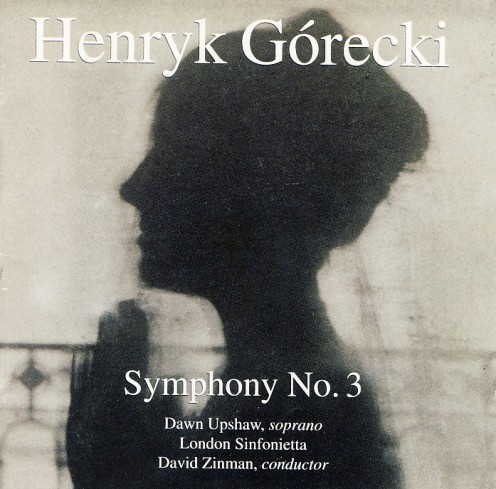
Górecki on the Internet
Górecki's music can be found on YouTube - I found references to about 470 videos of his music uploaded there, of which some are included in this Hub.
About 15 albums of his music can be found on www.emusic.com for download at reasonable rates.
Two responses
There seem to me to be two possible responses to this dilemma – either we try to ignore the past and the evidence of the vast cruelty of humanity, or we take into our very beings that cruelty and transform it with dignity and care into something which will transcend the past, something which will help us to regain our shattered dignity and lay the ghosts of the past with love and understanding.
One of the reasons perhaps why Henryk Górecki's now-famous 3rd Symphony, the Symphony of Sorrowful Songs, struck such a deep chord with so many in the mid-1990s when Nonesuch released its 1991 version with soprano Dawn Upshaw and conductor David Zinman is that the composer chose the second response in writing this amazing work of art.
The symphony was actually written by Górecki in 1976 and he built it around three texts relating to motherhood, loss and death. It was premièred in the French town of Royan at the International Festival in 1977 with Stefania Woytowicz as soprano and Ernest Bour as conductor.
The choice of Royan for the première is sadly apt for the town, which during World War II was the site of a German fortress, was bombed by the Allies towards the end of the war killing half ot the 3000 French citizens of the town.
Górecki had started thinking about the symphony in 1973 and looked around for suitable texts. He did not want the symphony to be about war specifically but to address the more general issues of death and sorrow.
He eventually found the three texts he wanted and structured a symphony of three movements, all of them marked “Lento”, around the texts.
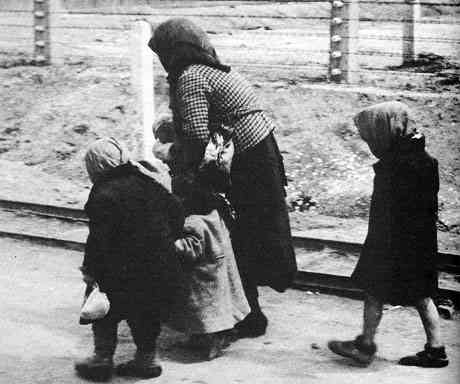
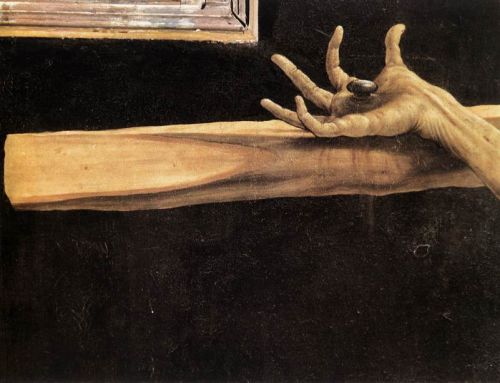
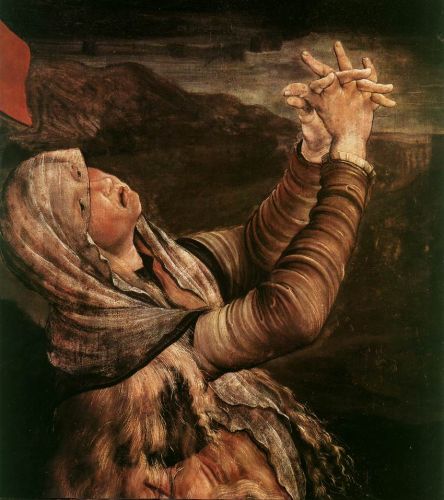
First movement - Let your mother share your wounds
The text in the first movement is from a text, Lysagóra Songs, from a monastery in the Świętokrzyskie Mountains. These mountains are the oldest in Europe and some of the earliest forms of dinosaurs left their fossils in the area.
The movement opens with a sombre and very slow melody first stated by the double basses and then taken up canonically by all the strings in turn, rising through eight modes in the order:
Aeolian on E (double basses, 2nd part)
Phrygian on B (double basses, 1st part)
Locrian on F# (cellos, 2nd part)
Lydian on C (cellos, 1st part)
Ionian on G (violas, 2nd part)
Mixolydian on D (violas, 1st part)
Dorian on A (2nd violins, 2nd part)
Aeolian on E (1st violins, 2nd part)
In the second section the soprano enters singing the words of the Virgin Mary lamenting the death of her Son:
My son, chosen and loved,
Let your mother share your wounds
And since, my dear son,
I have always kept you in my heart,
And loyally served you,
Speak to your mother,
make her happy,
Though, my cherished hope,
you are now leaving me.
The third section of the movement sees the canon introduced again by all eight parts with each part dropping out sequentially in reverse order of their appearance in the first section, until the whole movement ends with the basses stating the melody alone again.
This movement, typically about 27 minutes long, is as long as the second and third movements together.
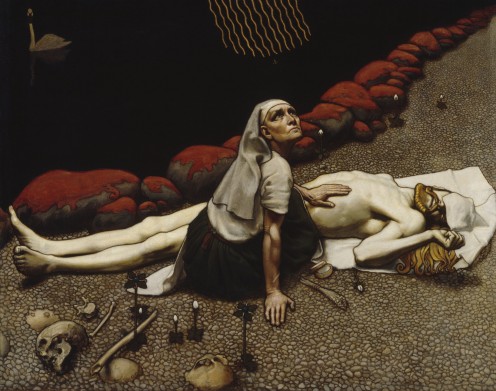
Second movement - No, Mother, do not weep
The text of the second movement is a prayer scratched on the wall of a Gestapo cell in Southern Poland. The words were a simple prayer scratched into the bricks of the wall by an 18-year-old woman, Helena Wanda Błażusiakówna, who was imprisoned there in 1944. She wrote these simple words:
No, Mother, do not weep,
Most chaste Queen of Heaven
Help me always.
Hail Mary.
Gorecki said of this little sentence: "I have to admit that I have always been irritated by grand words, by calls for revenge. Perhaps in the face of death I would shout out in this way. But the sentence I found is different, almost an apology or explanation for having got herself into such trouble; she is seeking comfort and support in simple, short but meaningful words".
He continued, “She does not think about herself; whether she deserves her fate or not. Instead, she only thinks about her mother: because it is her mother who will experience true despair. This inscription was something extraordinary. And it really fascinated me."
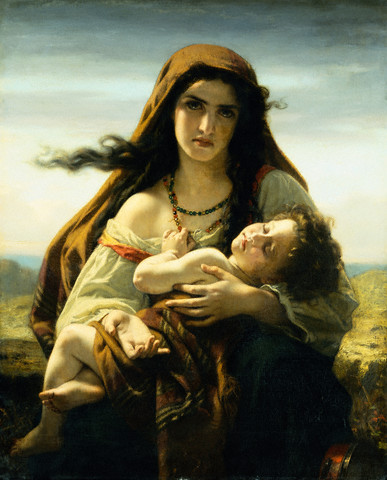
Third movement - Oh, sing for him God's little song-birds
Upper Silesia in Southern Poland was disputed territory, scene of much troubled history and a site of especially difficult relations between Poles and German-speakers. This situation was exacerbated after the First World War when the interests of the two groups were so opposed as to be expressed in a series of armed uprisings and repressions.
A series of three uprisings occurred between 1919 and 1921. The words of the song used by Górecki date from those troubled times.
Where has he gone
My dearest son?
Perhaps during the uprising
The cruel enemy killed him
Ah, you bad people
In the name of God, the most Holy,
Tell me, why did you kill
My son?
Never again
Will I have his support
Even if I cry
My old eyes out
Were my bitter tears
to create another River Oder
They would not restore to life
My son
He lies in his grave
and I know not where
Though I keep asking people
Everywhere
Perhaps the poor child
Lies in a rough ditch
and instead he could have been
lying in his warm bed
Oh, sing for him
God's little song-birds
Since his mother
Cannot find him
And you, God's little flowers
May you blossom all around
So that my son
May sleep happily
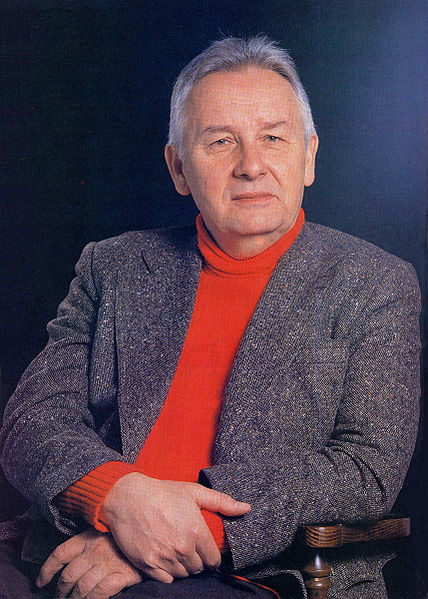
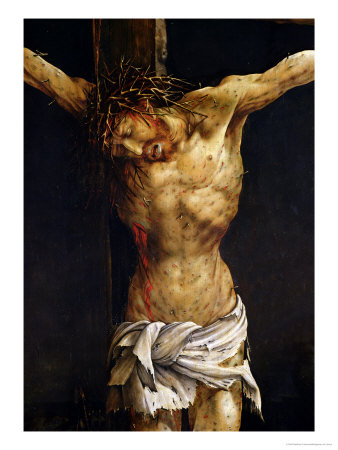
The documentary
Tony Palmer made a documentary of an interview with Górecki interspersed with video from the Upshaw/Zinman recording and footage from World War II and other terrible things. This documentary was released on DVD in early 2008.
I found it intensely moving when I first saw it, though it could be said that the extraneous footage detracts from both the performance and the interview.
Well worth watching.
The composer Henryk Mikołaj Górecki
“Before I die, I want to know what music is.” - Henryk Górecki.
Górecki was born in the small Silesian village of Czernica on 6 December 1933 to music-loving parents of modest means, Roman and Otylia. Otylia died when Henryk was two and his father remarried.
In 1943 Górecki began taking violin lessons from a local chłopski filozof (peasant philosopher) and musician called Paweł Hajduga.
As a result of a fall two years later Górecki contracted a tubercular bone infection which required a two-year hospitalisation and led to almost permanent ill-health.
Górecki continued his music studies at the Katowice Academy of Music where he studied under composer Bolesław Szabelski and graduated with honours in 1960.
Szabelski had a great love of the music of the Podhale region, the Polish Highlands, which he imparted to Górecki who,when asked about a planned trip to Paris, told an interviewer in 1962: "Paris can wait. First Podhale."
In the same interview, with interviewer Leon Markiewicz, Górecki said: "I particularly value artistic honesty, which is based on one's ethics, psyche and interests." Perhaps it is that commitment to a holistic view of the artistic process which shines through all of Górecki's music and enables a direct connection between composer, player and listener which I experience in listening to even his more atonal and difficult works.
There is a feeling of immediacy and humanity in all, a feeling that I get of the man's empathy and lack of concern with fashion and popularity.
In a 1994 interview with Bruce Duffie Górecki said:
"I do not choose my listeners. What I mean is, I never write for my listeners. I think about my audience, but I am not writing for them. I have something to tell them, but the audience must also put a certain effort into it. But I never wrote for an audience and never will write for one because you have to give the listener something and he has to make an effort in order to understand certain things. The same thing is true of poetry, of paintings, of books. If I were thinking of my audience and one likes this, one likes that, one likes another thing, I would never know what to write. Let every listener choose that which interests him. I have nothing against one person liking Mozart or Shostakovich or Leonard Bernstein, but doesn't like Górecki. That's fine with me. I, too, like certain things"
Górecki did not exploit the incredible success of the Nonesuch CD of the Third, he was not swayed by worldwide sales of more than 1 million or the high positions on the pop and classical charts. He just patiently went on with doing what he did best, expressing his deep humanity in music of exceptional power and grace.
His commitment to music was total. As he expressed it to Bruce Duffie: "If you can live without music for two or three days, then don't write – it might be better to spend the time with a girl or with a beer."
During his career as a composer Górecki developed from his early serialist style to a more tonal and rich musical canvas which did not always endear him to the avant garde who regarded him as rather a sell-out.
He was also not completely within the "holy minimalist" school of, for example, Arvo Pärt and John Tavener.
Górecki remained an individualist, a highly original composer whose works were infused with his Catholic sensibility but never became dogmatic.
If you have not heard some of his other works I encourage you to listen to the music in the videos here with an open and receptive ear - you will hear much to delight and enlighten!
Górecki died on 12 November 2010.
Perhaps he can best be remembered, apart from his wonderful music, by his commitment to humanity and his art: "All my life I've done what I've wanted and I've always fought for what I wanted to fight for, and I will continue to fight for those ideals. Some people take an automatic gun and shoot. I can only fight with my notes on the page."
Copyright Notice
The text and all images on this page, unless otherwise indicated, are by Tony McGregor who hereby asserts his copyright on the material. Should you wish to use any of the text or images feel free to do so with proper attribution and, if possible, a link back to this page. Thank you.
© Tony McGregor 2011
